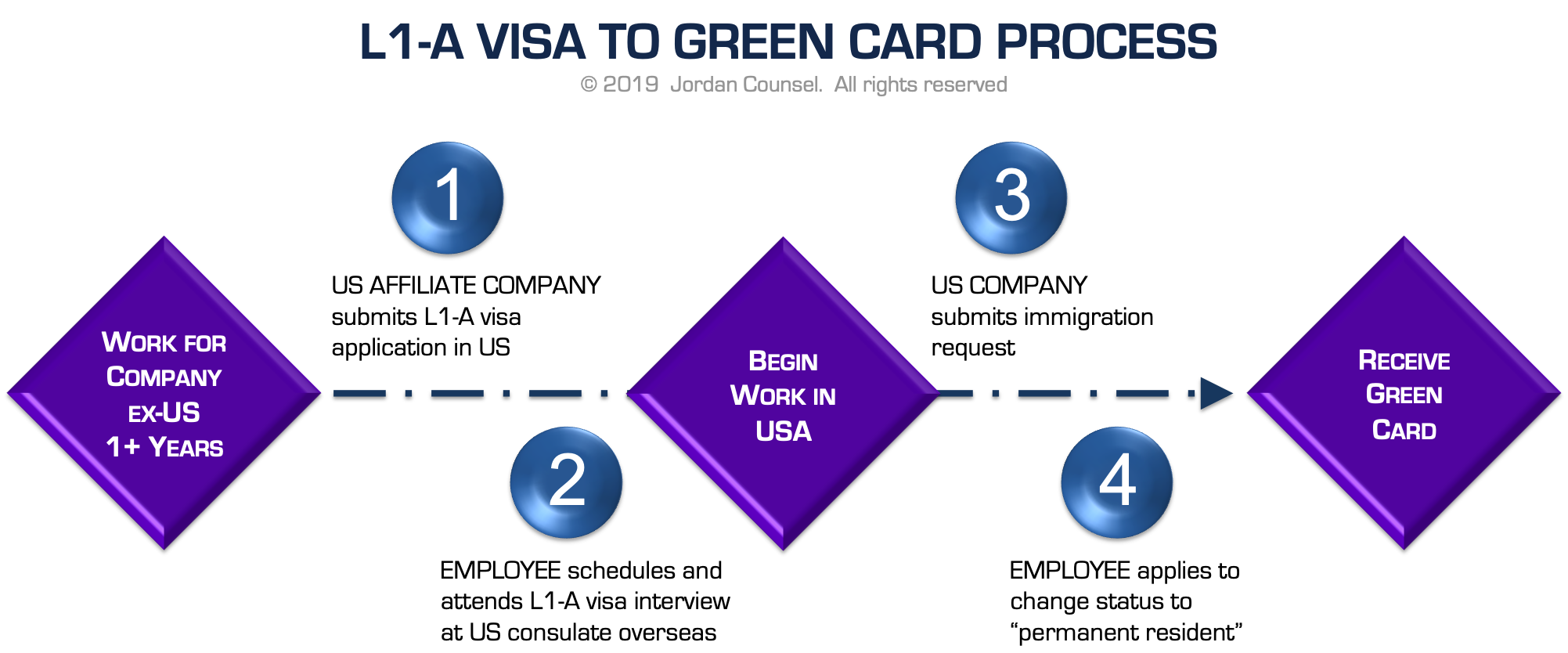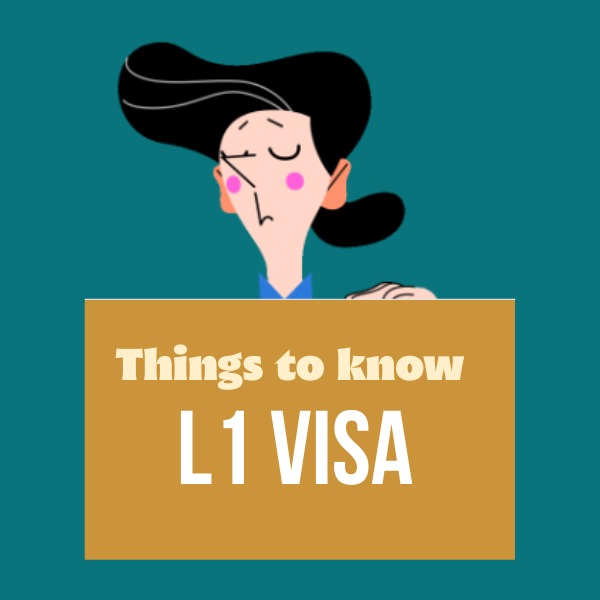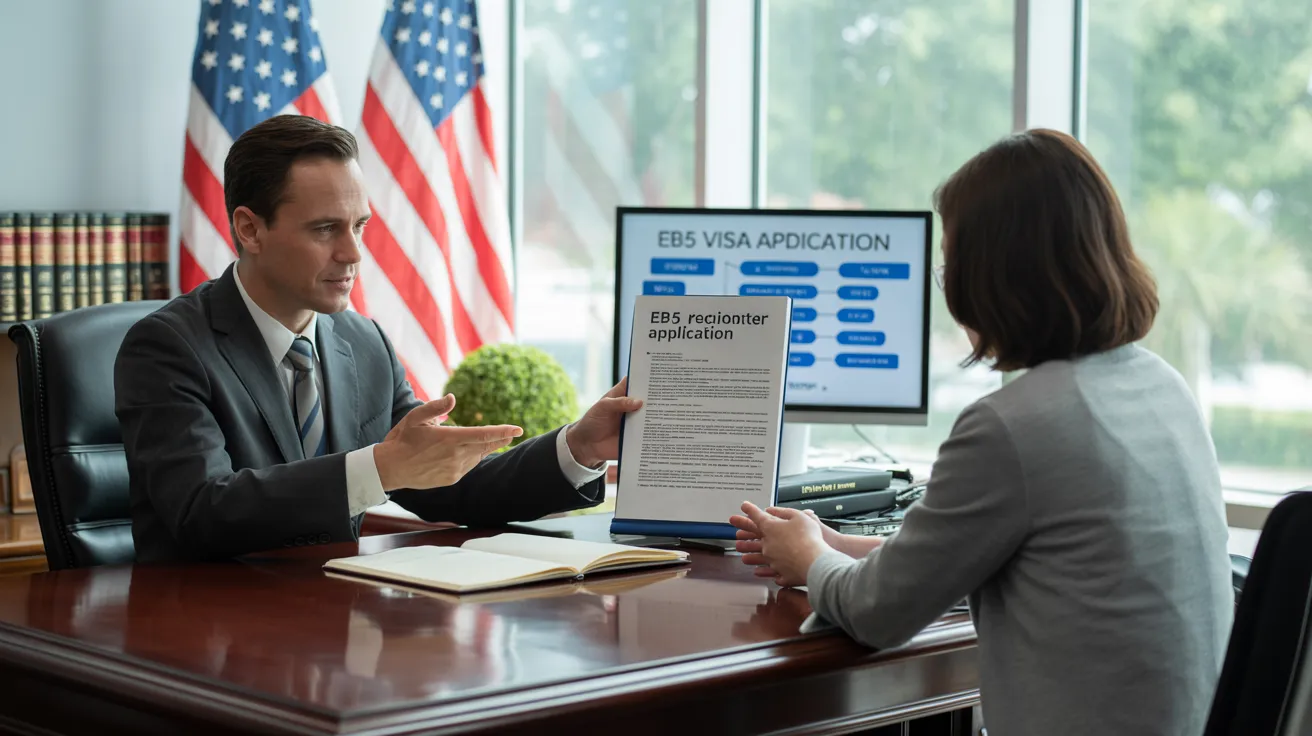The Facts About L1 Visa Revealed
Table of ContentsL1 Visa Fundamentals ExplainedAll about L1 VisaSome Ideas on L1 Visa You Need To KnowL1 Visa - QuestionsThe smart Trick of L1 Visa That Nobody is Talking AboutThe Definitive Guide for L1 Visa
Offered from ProQuest Dissertations & Theses Worldwide; Social Scientific Research Costs Collection. DHS Workplace of the Assessor General. Gotten 2023-03-26.
United State Division of State. Gotten 2023-02-08. Tamen, Joan Fleischer (August 10, 2013).
L1 Visa - Questions
In order to be qualified for the L-1 visa, the foreign firm abroad where the Beneficiary was employed and the United state company need to have a qualifying partnership at the time of the transfer. The different types of certifying partnerships are: 1.
Example 1: Firm A is integrated in France and employs the Beneficiary. Company B is included in the U.S. and desires to request the Beneficiary. Firm A possesses 100% of the shares of Company B.Company A is the Moms And Dad and Firm B is a subsidiary. There is a qualifying partnership between the two firms and Company B ought to be able to fund the Recipient.
Business A has 40% of Firm B. The staying 60% is owned and managed by Business C, which has no relationship to Business A.Since Business A and B do not have a parent-subsidiary relationship, Firm A can not sponsor the Beneficiary for L-1.
Instance 3: Firm A is included in the U.S. and desires to petition the Beneficiary. Business B is included in Indonesia and employs the Recipient. Business A has 40% of Business B. The continuing to be 60% is possessed by Company C, which has no relation to Firm A. Nonetheless, Company A, by formal agreement, controls and complete takes care of Company B.Since Firm A possesses less than 50% of Business B but takes care of and regulates the firm, there is a certifying parent-subsidiary connection and Firm A can sponsor the Beneficiary for L-1.
Examine This Report about L1 Visa
Company B is incorporated in the U.S.
5 Simple Techniques For L1 Visa

The L-1 visa is an employment-based visa classification established by Congress in 1970, permitting multinational companies to move their supervisors, execs, or crucial personnel to their United state operations. It is typically referred to as the intracompany transferee visa.

Additionally, the recipient must have operated in a managerial, executive, or specialized staff member setting for one year within the three years coming before the L-1A application in the international company. L1 Visa law firm For new office applications, international work needs to have been in a managerial or executive capacity if the recipient is coming to the United States to function as a supervisor or executive.
What Does L1 Visa Do?

If provided for an U.S. company functional for greater than one year, the initial L-1B visa is for approximately 3 years and can be prolonged for an additional two years (L1 Visa). On the other hand, if the U.S. business is newly established or has actually been operational for less than one year, the first L-1B visa is provided for one year, with extensions readily available in two-year increments
The L-1 visa is an employment-based visa classification developed by Congress in 1970, permitting multinational firms to move their supervisors, executives, or essential workers to their United state operations. It is typically referred to as the intracompany transferee visa.
See This Report on L1 Visa
In addition, the recipient must have functioned in a supervisory, executive, or specialized staff member setting for click here one year within the three years coming before the L-1A application in the international firm. For new office applications, foreign employment has to have been in a managerial or executive capability if the beneficiary is pertaining to the USA to work as a supervisor or exec.
for approximately 7 years to manage the procedures of the U.S. affiliate as an executive or supervisor. If released for a united state firm that has actually been operational for greater than one year, the L-1A visa is at first approved for as much as three years and can be extended in two-year increments.
If provided for an U.S. company operational for greater than one year, the first L-1B visa is for approximately 3 years and can be prolonged for an additional 2 years. Alternatively, if the U.S. firm is newly developed or has been functional for much less than one year, the preliminary L-1B visa is issued for one year, with expansions offered in two-year increments.